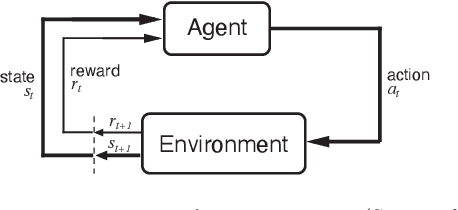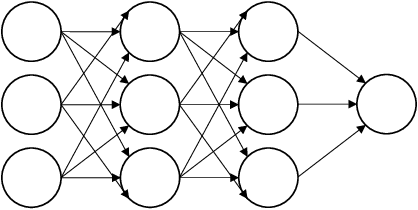Deep Reinforcement Learning for a Two-Echelon Supply Chain with Seasonal Demand
Paper and Code
Apr 20, 2022



This paper leverages recent developments in reinforcement learning and deep learning to solve the supply chain inventory management problem, a complex sequential decision-making problem consisting of determining the optimal quantity of products to produce and ship to different warehouses over a given time horizon. A mathematical formulation of the stochastic two-echelon supply chain environment is given, which allows an arbitrary number of warehouses and product types to be managed. Additionally, an open-source library that interfaces with deep reinforcement learning algorithms is developed and made publicly available for solving the inventory management problem. Performances achieved by state-of-the-art deep reinforcement learning algorithms are compared through a rich set of numerical experiments on synthetically generated data. The experimental plan is designed and performed, including different structures, topologies, demands, capacities, and costs of the supply chain. Results show that the PPO algorithm adapts very well to different characteristics of the environment. The VPG algorithm almost always converges to a local maximum, even if it typically achieves an acceptable performance level. Finally, A3C is the fastest algorithm, but just like the VPG, it never achieves the best performance when compared to PPO. In conclusion, numerical experiments show that deep reinforcement learning performs consistently better than standard inventory management strategies, such as the static (s, Q)-policy. Thus, it can be considered a practical and effective option for solving real-world instances of the stochastic two-echelon supply chain problem.
 Add to Chrome
Add to Chrome Add to Firefox
Add to Firefox Add to Edge
Add to Edge